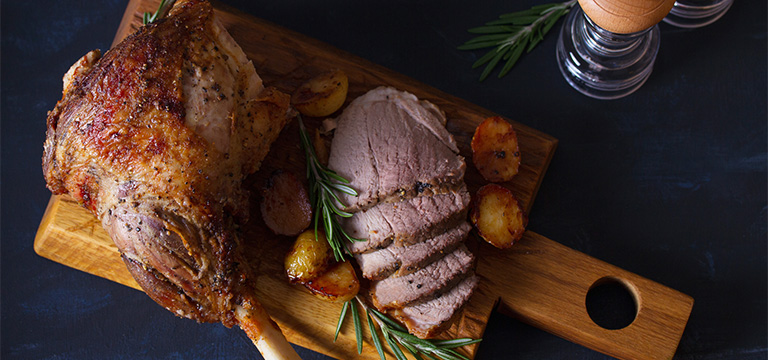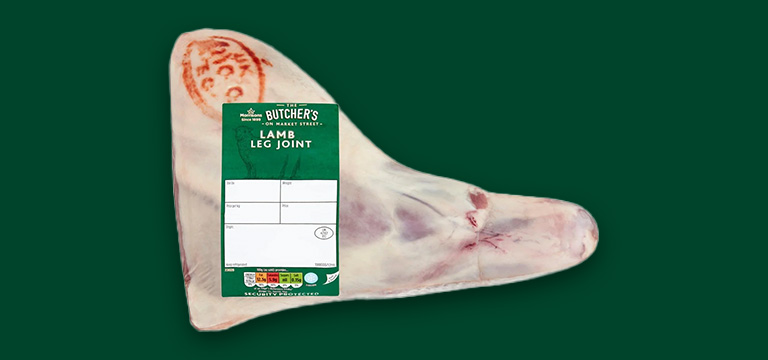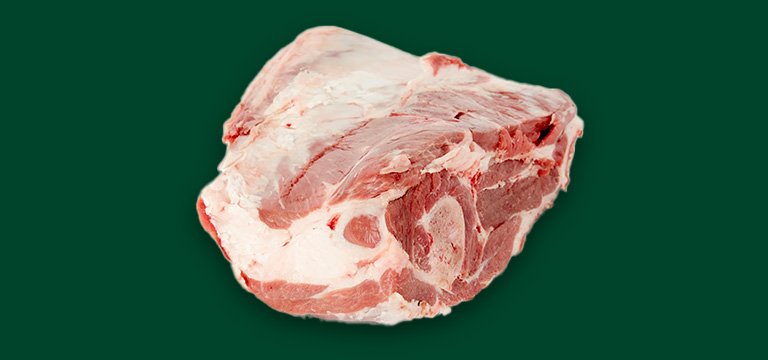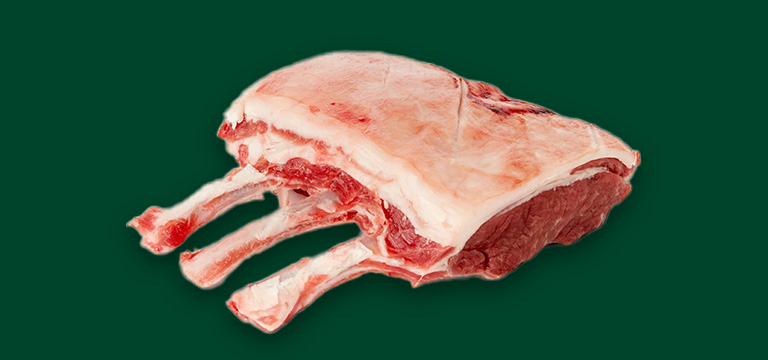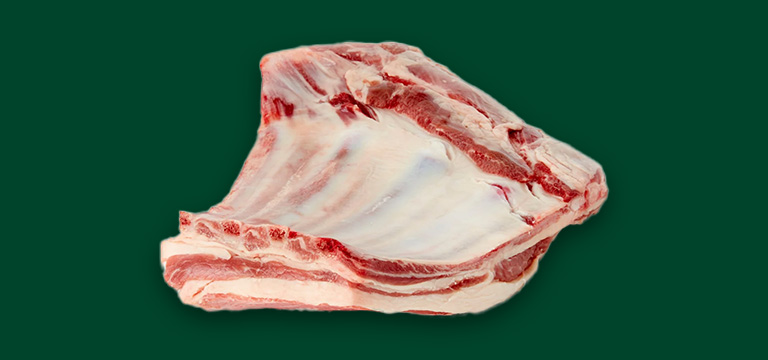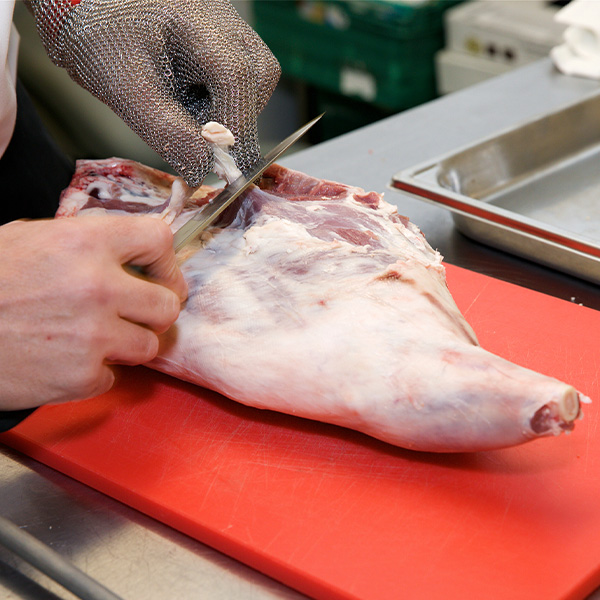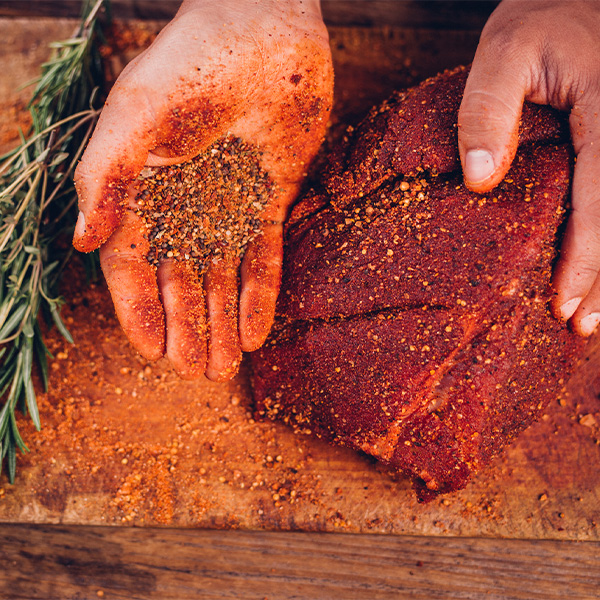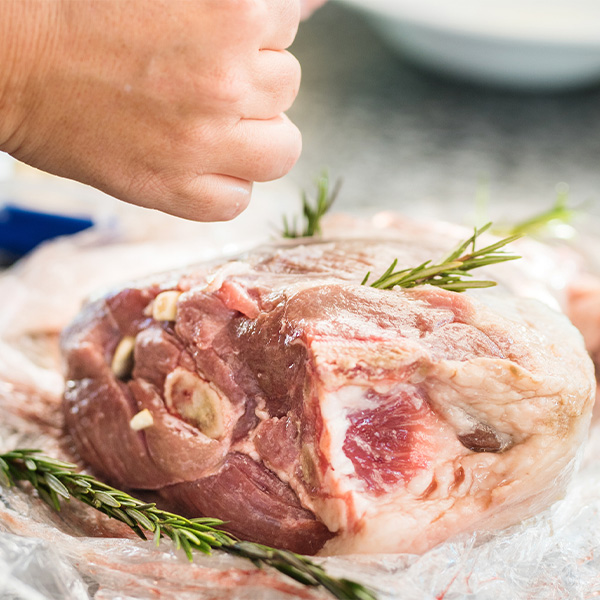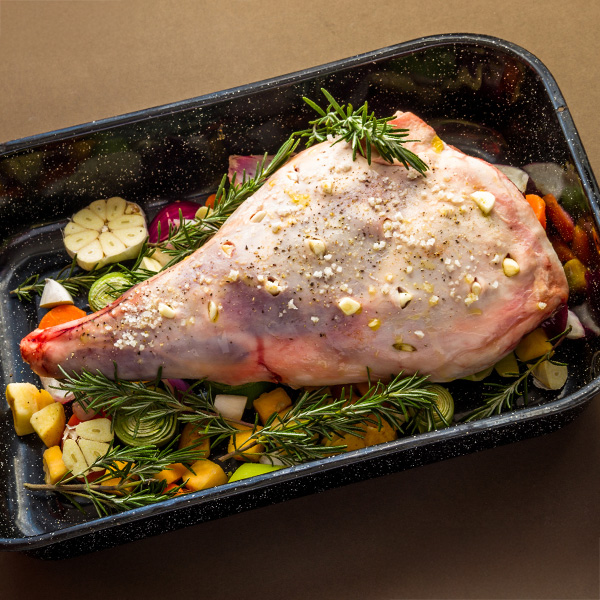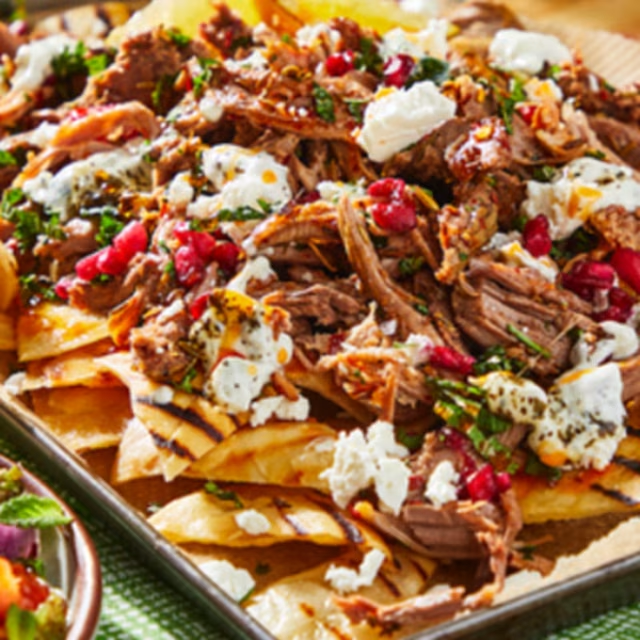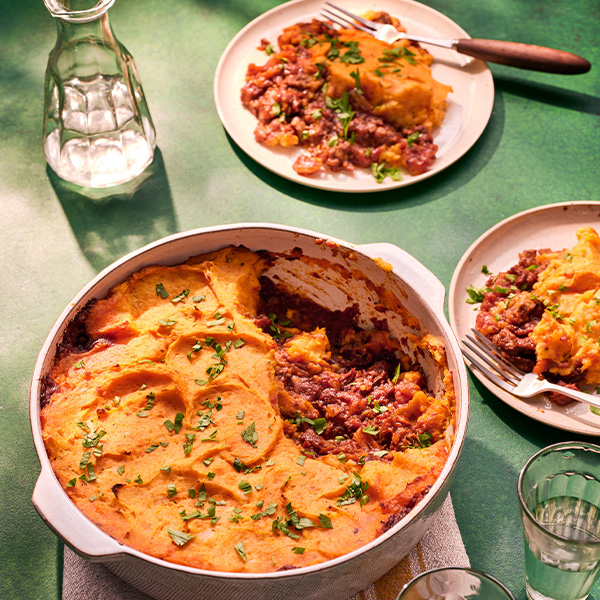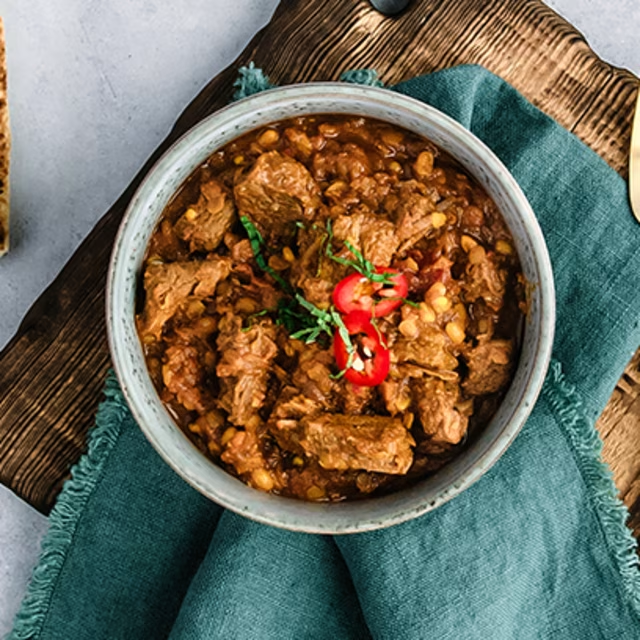What is the Best Cut of Lamb for Roasting?
Want to know the secret to a knockout roast lamb? It all starts with choosing your cut! When picking your piece of lamb, consider the fat content. Generally, more fat means more flavour, while leaner cuts are healthier as they contain less fat. Also, consider whether you prefer bone-in or boneless cuts, as bone-in adds flavour, while boneless cuts are easier to carve.
Now, let's explore the lamb cuts best suited for roasting so you can cook up a proper Sunday (or any day!) roast…


